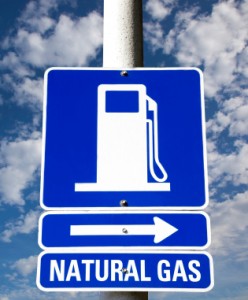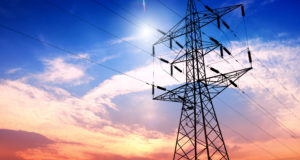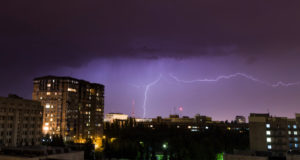With oil and gas prices still fluctuating, consumers wonder whether they will see any relief from the speculation that led to price hikes on these forms of fuel. Widely publicized reports document how Wall Street, Big Oil, and the federal government have worked together to ensure that consumers have no protection from the price gouging and potential antitrust violations perpetuated by oil companies. Sadly, American-owned and operated fuel companies are the worst abusers of the American consumer.
 Antitrust laws came into existence to ensure that no one company could unfairly dominate a market and gouge consumers who had no other viable options for essential products or services. Giant oil conglomerates avoid these laws by having three “independent” corporations that all set the same high prices. As these companies are considered separate business entities, they skate the letter of antitrust laws while abusing the spirit. Careful research shows that a number of the same names show up as investors or owners within these companies.
Antitrust laws came into existence to ensure that no one company could unfairly dominate a market and gouge consumers who had no other viable options for essential products or services. Giant oil conglomerates avoid these laws by having three “independent” corporations that all set the same high prices. As these companies are considered separate business entities, they skate the letter of antitrust laws while abusing the spirit. Careful research shows that a number of the same names show up as investors or owners within these companies.
Another significant contributor to our gas crisis is the Big Three – America’s car manufacturers. For years, these companies resisted calls to improve fuel efficiency based on the premise that fuel-efficient vehicles wouldn’t appeal to the average consumer. During the 1970s oil crisis, they did begin developing more fuel-efficient vehicles – and then in the 1990s and 2000s, they returned to pushing sales of gas-guzzlers such as pickup trucks and SUVs.
With gas prices continuing to hover around $4 per gallon, it’s time to take a hard look at how these corporations have pushed profits based on foreign oil over domestic fuel sources and find another way forward. The United States does have petroleum reserves and does pump some of its own oil, but the country has an even greater natural resource that could solve our current fuel crisis: natural gas.
Most people are familiar with using natural gas for heat and for cooking and as a fuel source for power plants. However, cars can run on compressed natural gas (CNG), and this type of fuel is widely available in Argentina, Brazil, Pakistan, and a number of southeast Asian countries. Automobiles can either be converted to run on CNG or can be manufactured to run on CNG, and these countries and others have set up the infrastructure necessary for fuelling CNG cars.
CNG cars can operate either solely on CNG, or they can be manufactured as bi-fuel vehicles and run on either gas or CNG. The bi-fuel versions have a switch on the dashboard that allows the driver to toggle between fuel sources, and these vehicles have become highly popular in a number of countries. The ability to flip between fuel sources allows consumers to operate their vehicles regardless of what types of fuelling stations are located nearby.
Our Potential
Research and development of new methods for extracting natural gas have nearly doubled the United States’ natural gas reserves, currently estimated at 2,552 trillion cubic feet (TCF). This is enough to fuel the U.S. for 110 years (based on 2009 consumption of approximately 22.8 TCF). The reserves estimate is predicted to keep rising as the technology required to access gas resources improves.
The most astonishing fact of all of this is that the shale formations, or “plays,” holding these reserves of natural gas were mapped out in the 1970s – and those reports were ignored by both energy-related companies and the government for many years.
One significant find on these maps is a massive shale play called the Marcellus. This formation runs throughout much of Pennsylvania, and energy experts are unable to accurately estimate its potential. The figures run anywhere from 50 TCF to 500 TCF – if it does indeed hold around 500 TCF, it is the world’s second-largest natural gas reserve.
With such massive natural gas resources readily available in the United States, we must question why CNG cars are not readily available to American consumers. We must also question why CNG refilling stations aren’t springing up around the country. At this time, California is the only state maintaining a significant number of CNG fuelling stations, and the state also makes extensive use of CNG for public transportation and city and county fleets.
American automakers bear some responsibility in this matter along with the oil companies. Few CNG models are sold in the U.S., further enhancing the impression that consumers have no choice but to use regular gas. In an ironic twist, Ford and other U.S. auto companies manufacture CNG vehicles that they do not sell in the United States.
All of these factors together limit our possibilities of avoiding artificially high gas prices. All of these factors together leave many Americans contributing to record oil company profits while they struggle to buy gas in order to get to work. It’s time to enhance and invest in our national energy production instead of sending our money overseas, and it’s time for consumers to find relief from this strategic price gouging. Bi-fuel cars are an excellent option to consider as natural gas production ramps up in many different sections of the country.
 Off The Grid News Better Ideas For Off The Grid Living
Off The Grid News Better Ideas For Off The Grid Living




